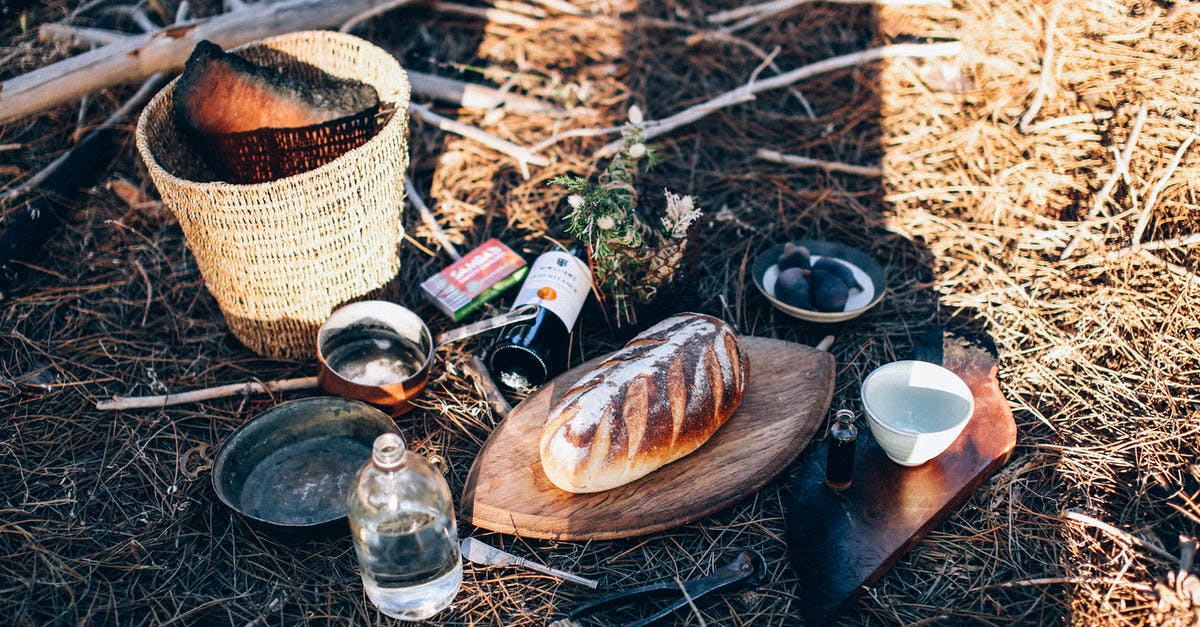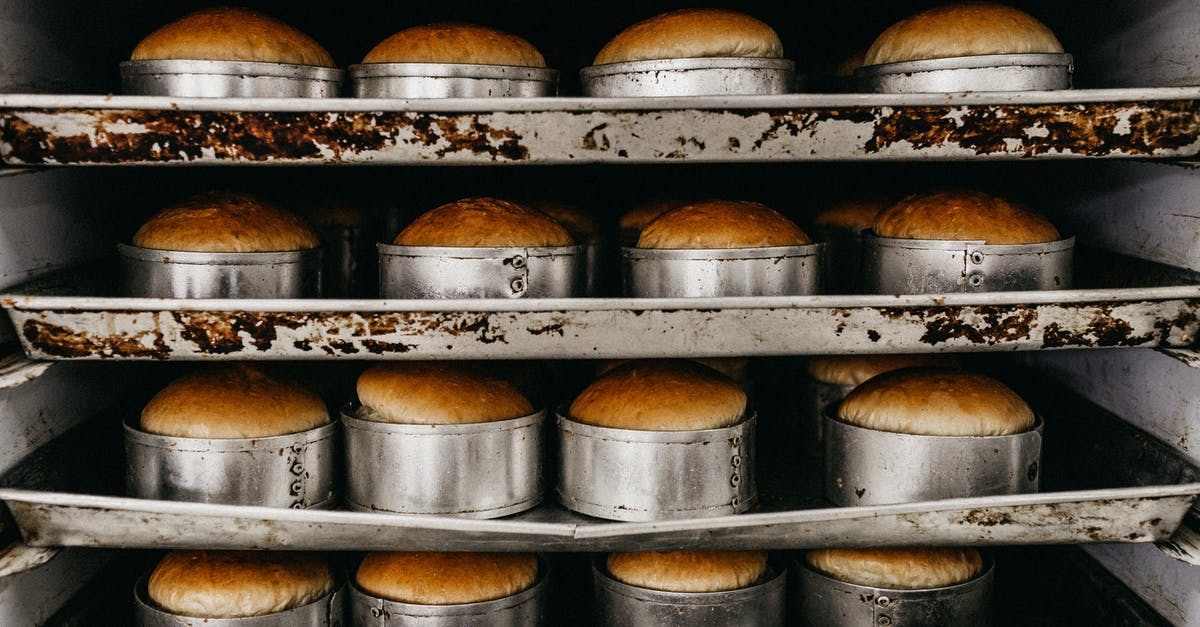Dutch oven vs. water pan for bread baking

I see a lot of successful home bread bakers using dutch ovens in their home ovens. They preheat the dutch oven, bake the proofed loaf inside the oven, and eventually remove the cover of the dutch oven to promote browning.
I also own a few books on bread baking and this method isn't seemingly popular amongst the pros. I'm quite fond of "The Bread Baker's Apprentice" by Peter Reinhart and he suggests sliding the loaf on a baking stone/steel and to put a cast iron pan on the floor of the oven with water in it. Both methods presumably lead to moisture being present around the loaf.
What are the pros and cons of each method? Would they lead to almost identical outcomes, or are there some key differences?
Best Answer
I've tried both, for my kitchen and oven, I get a much better oven spring with a preheated and initially covered dutch oven. A third alternative is to put your loaf on a stone and invert a large stainless mixing bowl over it. This eliminates the potential of burning your hands when dropping the loaf into the preheated dutch oven or when removing the finished loaf. In either case, the lid or bowl is removed after about 20 minutes. In my experience, the trapped steam is better than steaming the entire oven (unless your oven is equipped with a steam function.
Pictures about "Dutch oven vs. water pan for bread baking"



What bakes the BEST BREAD? Stone vs. Dutch Oven
More answers regarding dutch oven vs. water pan for bread baking
Answer 2
I've tried both methods and I have found the dutch oven method delivers the best results, and you have complete control of when you take the lid off. The main benefit of the water pan method is that you can bake more than one loaf in the oven, remember the pros don't usually bake a single loaf, except when they are doing a show. Also, you can do many more shapes with the pan method, like focaccia.
Incidentally, I use an inverted dutch oven on a baking stone, it's much easier than trying to drop a loaf into a dutch oven, and I don't have problems with sticking.
Sources: Stack Exchange - This article follows the attribution requirements of Stack Exchange and is licensed under CC BY-SA 3.0.
Images: Rachel Claire, Cats Coming, Jonathan Borba, Rachel Claire
